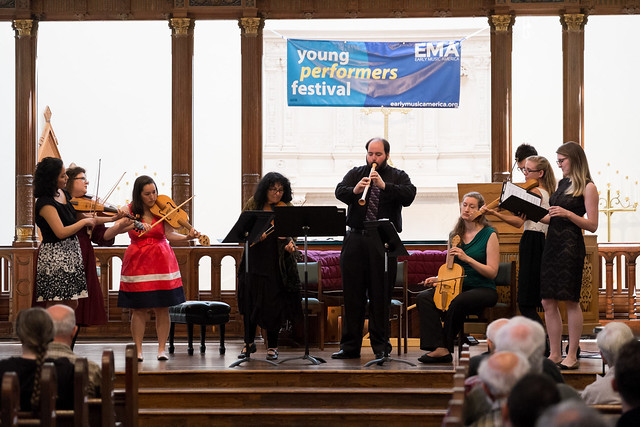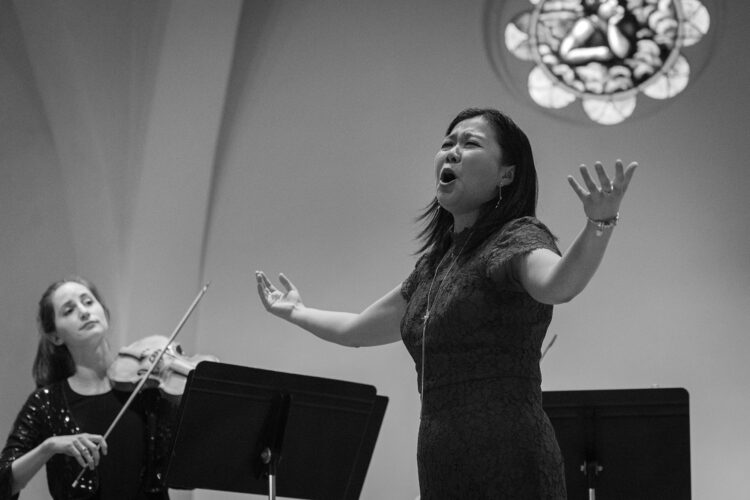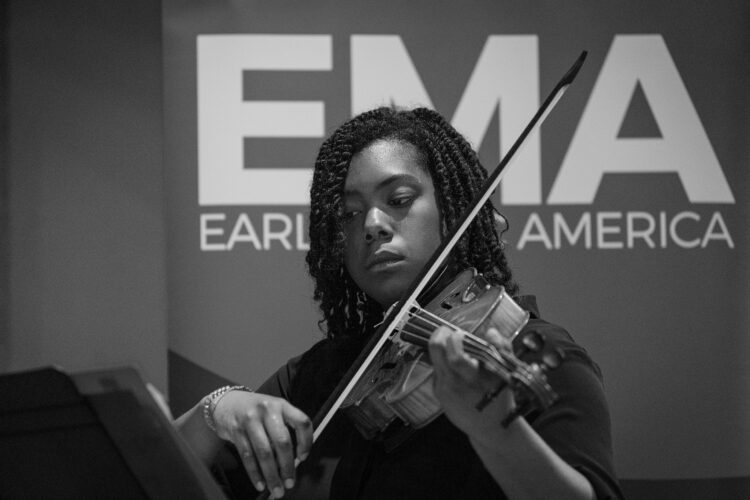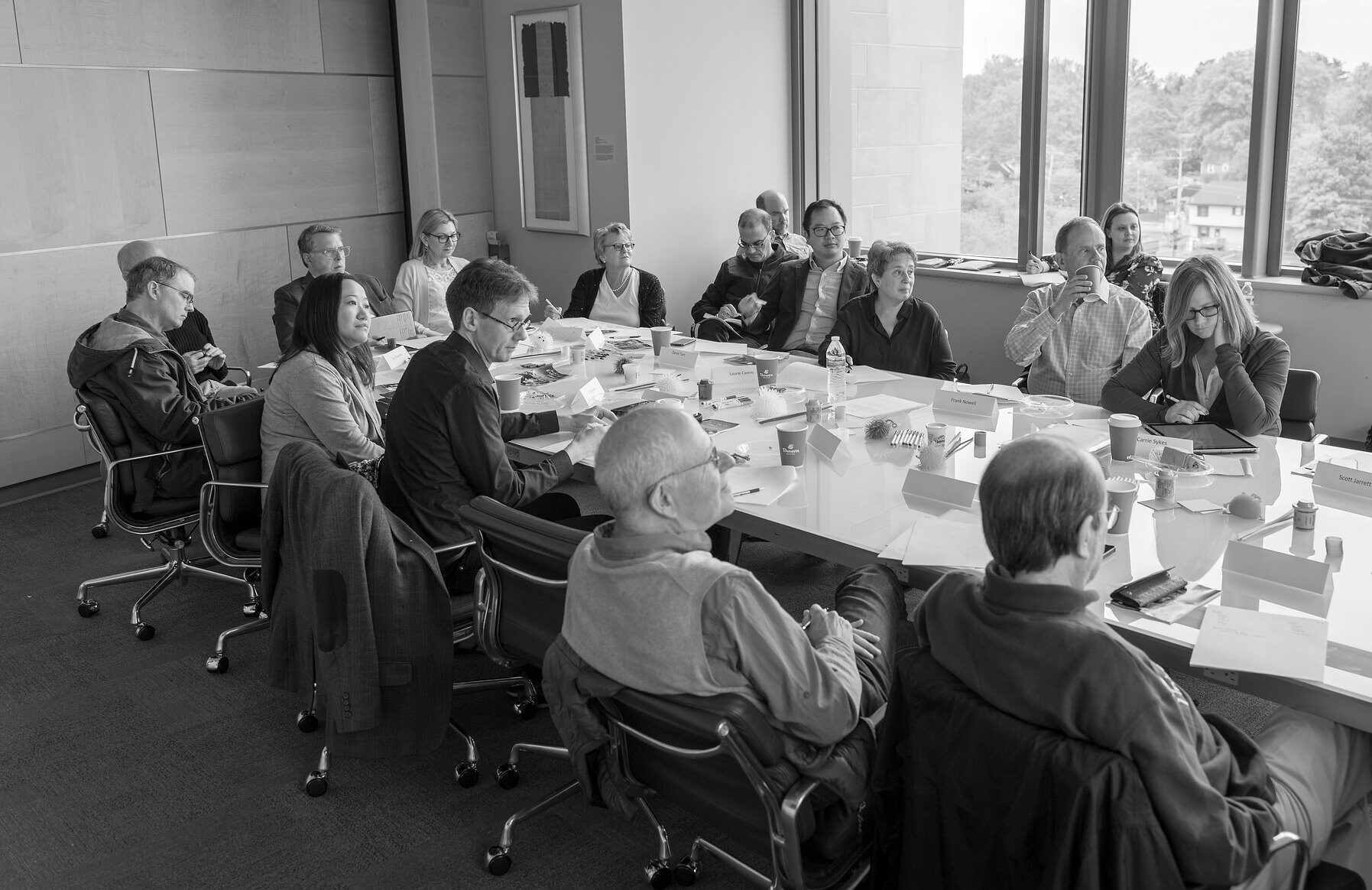Introduction
Since 1985, EMA has enriched the field of early music in North America by developing and supporting interest in the music of the past, so that it informs and shapes our lives today. The breadth of EMA’s membership–which spans professional performers, students, professors and educators, ensembles, presenters, instrument makers, amateur musicians, philanthropists, and many more–has positioned EMA to be an important advocate, convener, and promoter of early music throughout North America. Through its membership publications and activities, EMA supports the performance and study of early music and promotes public understanding of its potential impact on people and communities coast-to-coast.

Now in its fourth decade of strengthening the early music community, EMA is at a point in its history that warrants careful consideration of current and emerging programmatic priorities. COVID-19 brought many challenges for the music community, giving way to new ideas and formats, and more opportunities for EMA to amplify its online resources. Simultaneously, many nonprofits are re-examining their impact, centering strategic planning conversations around inclusion and equity. Since establishing its Inclusion, Diversity, Equity and Access (IDEA) Taskforce in 2019, EMA has been engaging in key conversations about how to further its work towards deepening its relevance to communities.
EMA embarked on a strategic planning process to capitalize on the strengths of the organization while addressing opportunities for growth. Led by an external consultant, the process began by listening to EMA’s stakeholders through interviews and online surveys. A Strategic Planning Committee of board, staff, committee, and task force members then outlined a series of strategic priorities that will shape EMA’s vision for the next five years. EMA’s Strategic Plan 2023-2028 prioritizes goals and objectives that reinforce the organization’s mission, vision, and values.
Strategic Pillars
In an effort to bolster relevance and access, Early Music America has identified four strategic pillars that will guide its work in 2023-2028.
Stakeholders and funders interested in viewing the full strategic plan should contact Executive Director David McCormick at davidmccormick@earlymusicamerica.org.






